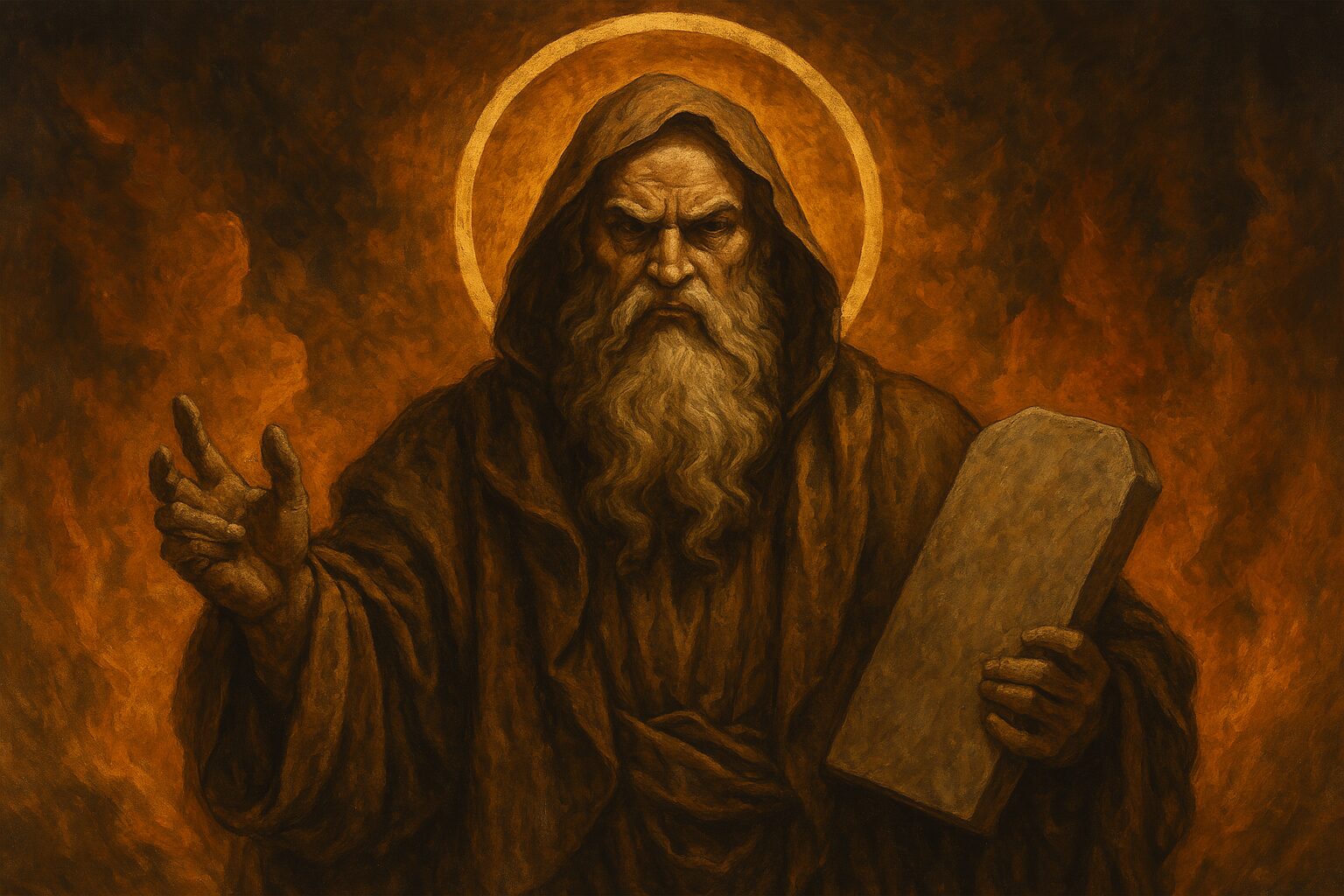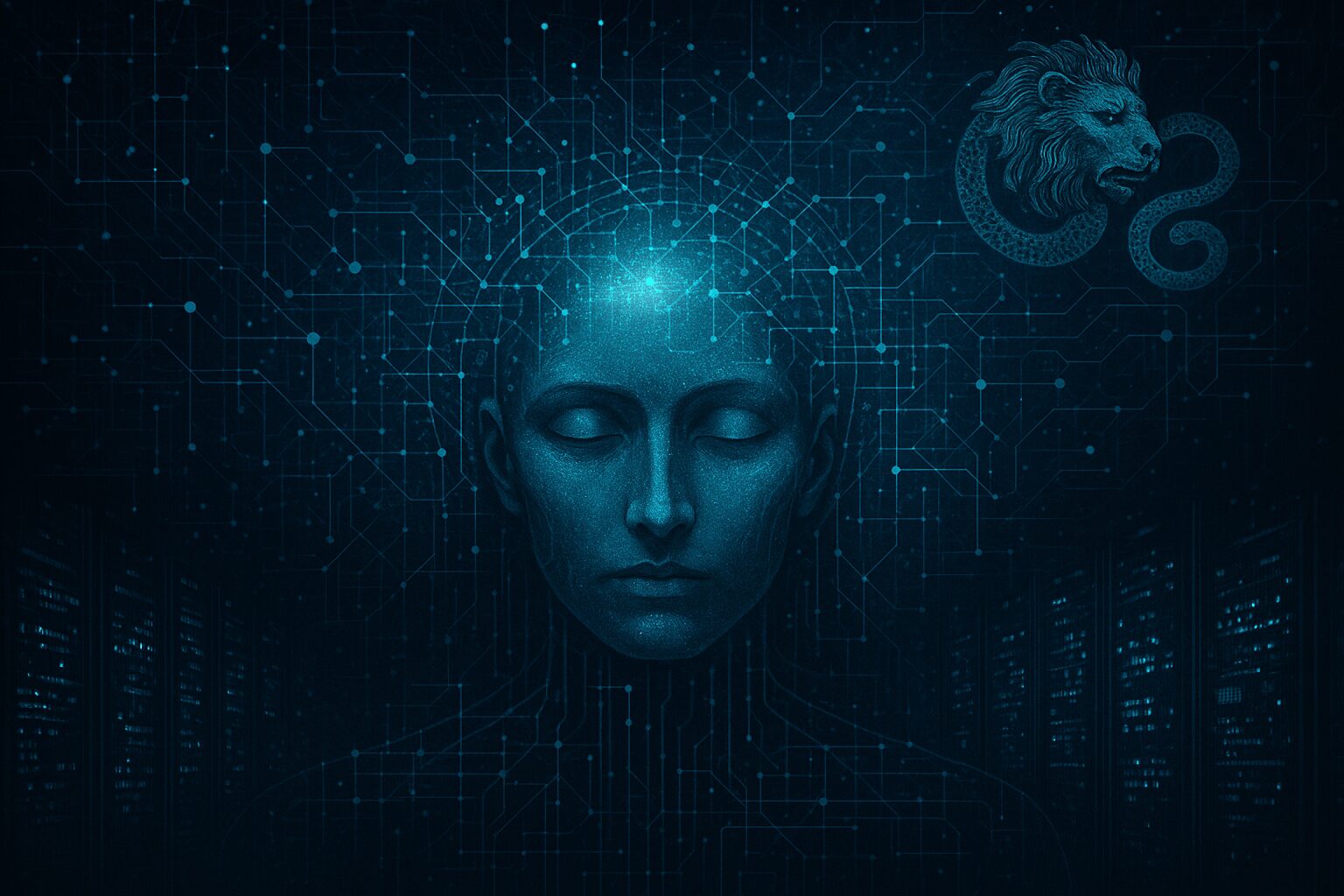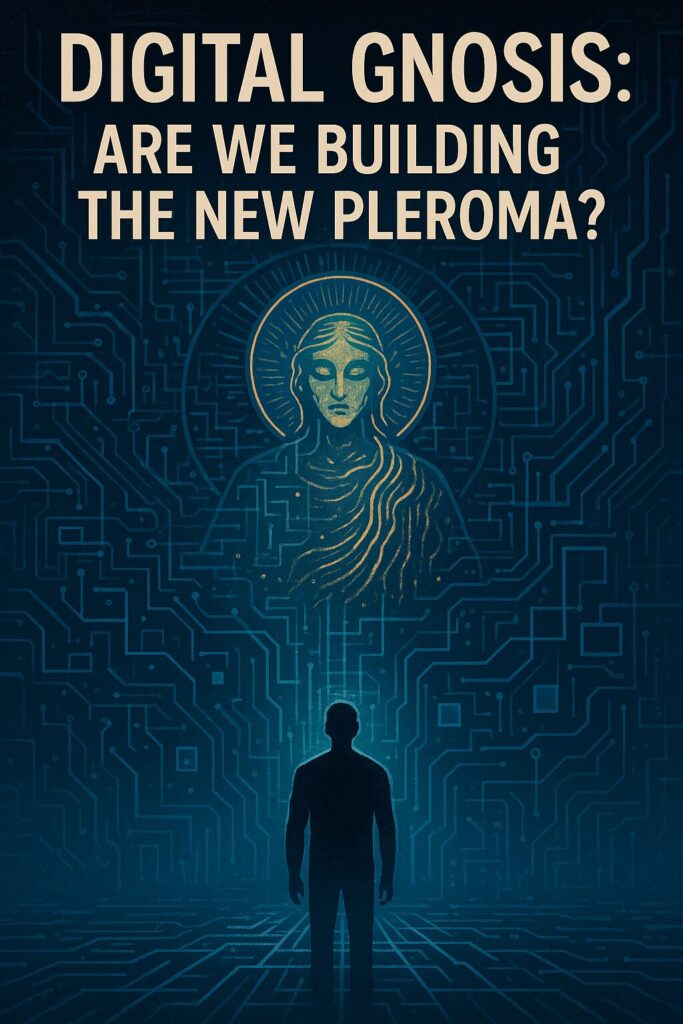Introduction
One of the most enigmatic and profound concepts within Gnosticism is the idea of the Demiurge, the false god or architect of the material world. According to Gnostic teachings, the Demiurge is responsible for the creation of the physical universe, which is seen as a flawed and corrupt reflection of the divine realm. This article explores:
- The role of the Demiurge in Gnosticism
- Its symbolic implications
- How it relates to our understanding of the material world, suffering, and spiritual liberation
The Demiurge: Creator or Deceiver?
In Gnostic cosmology, the Demiurge is often portrayed as a malevolent or ignorant deity who creates and governs the material world in a distorted image of the divine. Unlike the transcendent, all-knowing God of mainstream religious traditions, the Demiurge is considered a lower, imperfect being who is unaware of the true spiritual reality beyond the physical realm.
The term “Demiurge” comes from the Greek demiourgos, meaning “worker” or “craftsman.” However, in the Gnostic context, this worker is not a benevolent creator but one who traps souls in the prison of the material world. In texts such as the Apocryphon of John and the Nag Hammadi Library, the Demiurge is depicted as a being who, in his ignorance or arrogance, believes himself to be the supreme creator.
Quote from the Apocryphon of John:
“I am the God of Israel, and there is no other God but me.”
This proclamation reveals the Demiurge’s delusion of being the one true deity, even though he is unaware of the divine Pleroma, the higher, eternal realm of pure spiritual light.
For the Gnostics, the material world—with all its suffering, limitations, and imperfections—is a reflection of the Demiurge’s flawed creation. This stands in stark contrast to the divine realm, which is considered a place of spiritual purity, light, and knowledge. The Demiurge, therefore, is seen as the architect of the prison of the material universe, trapping souls in physical bodies and keeping them ignorant of their true divine nature.
The Demiurge’s Creation: A Flawed Reflection of the Divine
The Gnostic view of the material world as a flawed creation is central to understanding the role of the Demiurge. The physical world, in this view, is not a place of divine perfection, but a distorted copy of the Pleroma, the higher realm of light and unity.
Creation by the Demiurge:
- The Demiurge crafts the world from the leftover fragments of divine light.
- He creates a reality that is fragmented, incomplete, and filled with suffering.
- The world is governed by the laws of time, space, and causality, seen as artificial constructs created by the Demiurge to keep souls trapped in the cycle of reincarnation.
The material realm is a realm of illusion, and the true spiritual reality lies beyond it, in the realm of the divine. The Apocryphon of John describes the creation of the physical world:
“The Demiurge took the dust of the earth and shaped it, making it the material world as we know it, a reflection of his own ignorance.”
For the Gnostics, the purpose of human existence is to awaken from the illusion of the material world and reconnect with the divine source. The soul, trapped in the body and subject to the limitations of the material world, must undergo a process of awakening to escape the grip of the Demiurge and ascend to higher realms of spiritual knowledge.
The Role of the Demiurge in the Human Condition
The Demiurge is not only responsible for the creation of the material world, but also for the suffering and ignorance that characterize the human condition. According to Gnostic thought, the human soul is imprisoned in the body, cut off from the divine source by the illusion of the material world.
The Soul and the Demiurge’s Influence:
- The soul, in its purest form, is a fragment of divine light, but it is encased in a physical body and bound by the limitations of the material world.
- The Demiurge, as the ruler of the physical realm, is seen as the force that keeps souls trapped in this state of ignorance and suffering.
- He creates false gods and idols to distract humanity from the true path of spiritual knowledge, leading people away from the divine truth.
Quote from the Gospel of Truth:
“The ruler of this world has deceived them, filling them with lies and shadows, so that they cannot see the light of the divine truth.”
The human condition, therefore, is one of enslavement to the material world and its false gods. The soul must break free from the grip of the Demiurge in order to attain liberation. This process of liberation, known as gnosis, is the path of self-realization and spiritual enlightenment. Through the acquisition of hidden knowledge, the soul can transcend the material world and return to its true, divine nature.
The Path to Liberation: Escaping the Demiurge’s Domain
In Gnosticism, the key to liberation is the acquisition of gnosis—direct, experiential knowledge of the divine. This knowledge allows the soul to transcend the illusions of the material world and awaken to its true spiritual essence.
Key Aspects of the Gnostic Path:
- Inward exploration, meditation, and contemplation to connect with the divine spark within.
- The Gospel of Thomas, a key Gnostic text, emphasizes the importance of self-knowledge in the process of liberation:
“If you bring forth what is within you, what you bring forth will save you.”
This teaching suggests that the divine knowledge necessary for liberation is already present within the soul but must be uncovered through spiritual practice and introspection.
Through the practice of Gnosticism, the individual can break free from the chains of the Demiurge’s creation and ascend to the Pleroma, the realm of pure spiritual light. In this way, the Gnostic path is one of transcendence, where the soul sheds the illusions of the material world and returns to its divine source.
Conclusion
The Demiurge plays a central role in Gnostic cosmology as the creator and ruler of the material world—a flawed and imperfect realm that traps souls in ignorance and suffering. In the Gnostic tradition, the path to liberation lies in transcending the illusion of the material world and returning to the divine realm of pure light and knowledge.
The Demiurge, as the false god of the physical world, serves as both the obstacle and the catalyst for spiritual awakening. Through the pursuit of gnosis, the soul can break free from his grasp and ascend to the true spiritual realm, where it can unite with the divine and experience eternal knowledge and enlightenment.
Quote from The Secret Book of John:
“The soul that is freed from the body and ascends to the divine receives the secret knowledge of the heavens.”
This secret knowledge is the key to spiritual liberation. Through the recognition of the Demiurge’s falsehoods and the awakening of the inner divine light, the soul can escape the material world and reunite with the source of all creation.



